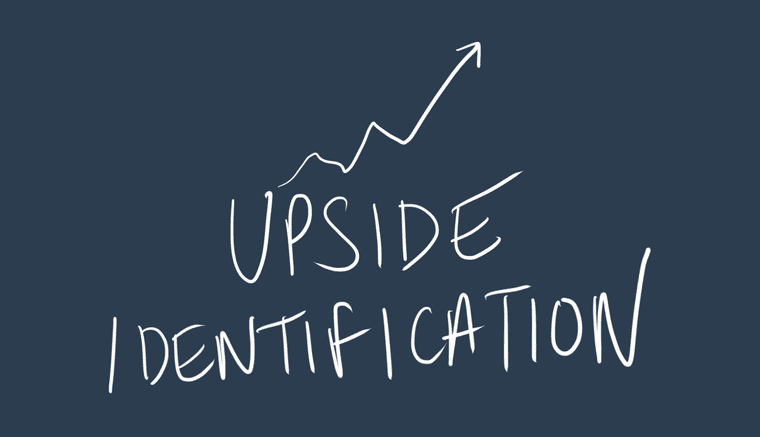Upside Identification
My career is in full transition for the first time in 11 years. There’s a weight off my shoulders having written that.
For the last 11 years, I’ve had a singular purpose; to work as a web developer for my clients. I wake up when I want, I work with who I want, I work on what I want. I have time to exercise, I have time for my family and friends, I make a great living.
When I write it that way, it reads like a dream. And it was my dream for a long-time too. But there’s something festering away at me. Things as they are aren’t my dream anymore.
Don’t mistake me. I love what I do and I’m privileged to work with such smart and interesting clients. There aren’t many better feelings than getting results for people.
Yet I can’t shake the nagging feeling that I’m thinking too small. My position as a freelance WordPress developer feels outgrown. With enough runway to not have to work for a year or more, this makes one think, “What should I do now?“. And more granularly, “What, of the options I have, has the biggest upside?“.
The problem with ideas is, you can’t tell if they’re any good until you execute them. My approach—as a doer—thus far has been to try everything.
My backlog of ideas is ever-long. When the pandemic first hit I picked two from the top of the list. First a lead sharing platform for freelancers. Then a home office gallery website. both saw initial traction, but not enough to hold my interest.
I started building an audience of like-minded people on Twitter. This introduced me to the world of online education. I wrote a book about pricing freelance work. I created a course teaching how to get leads from your personal website. I set up a coaching programme for freelancers too.
I’m working on a vehicle bigger than myself for my WordPress consultancy business. The WordPress world is a lot larger than it was when I entered it 11 years ago. The ecosystem is huge. WordPress’ market share continues to grow and niches within the niche have arisen.
Taking stock has helped me figure things out; What I’m best at in this context and where I can provide most value to the business and its collaborators. I’ll release more information on this soon.
I also have a SaaS product for creators in the works, working alongside a close friend.
Methodical as I am at taking action, I could be better at understanding what’s worth doing. You can’t try everything. You need to analyse upside first:
- What most fulfils you?
- What’ll make you the most money?
- Where can you provide the most value?
- How can you best be of service to the world?
This is a paradoxical notion. Because it’s hard to identify upside before taking action. You can’t pre-validate an idea to a 100% level of certainty. If you could, where would the fun be in life?
But you can build an informative picture through clear thinking, process and practice. You need to understand what you’re doing and why you’re doing it. Asking others won’t cut it, because what’s worth doing is personal.
So where’s the sweet spot when it comes to upside identification? How can a multi-skilled lifestyle-first entrepreneur choose what to bet their time on?
I know that the answers aren’t binary. There’s no true or false response for, “Should I work on this?“. It’s more nuanced than that. Stock market speculation gets its name for a reason. And what we choose to do with our lives is as speculative.
Upside identification has many shades of grey and I’m intrigued to explore it further. To help me make my own choices and help others make theirs too.
https://twitter.com/tom_hirst/status/1356512994675556353
